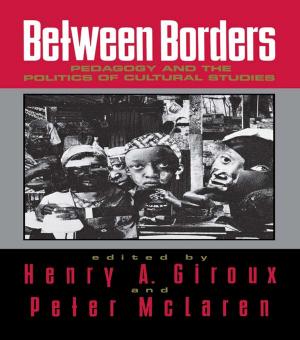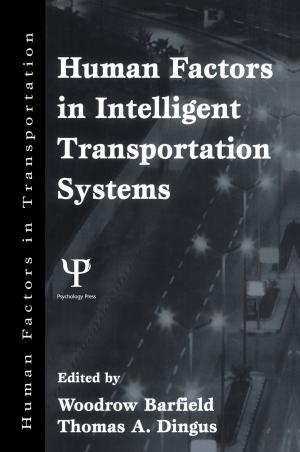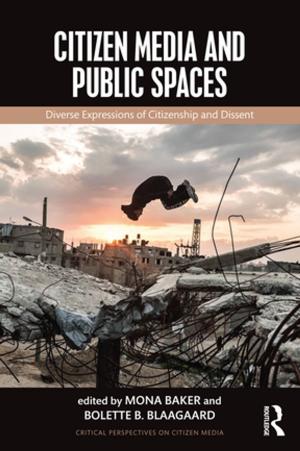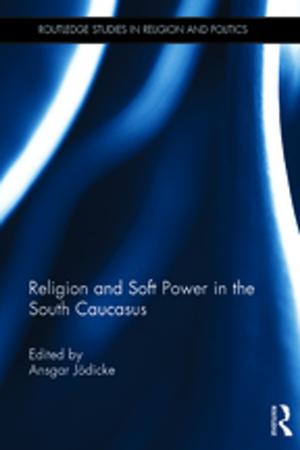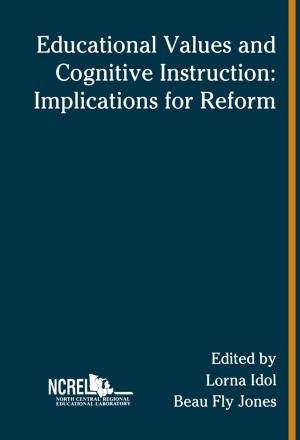Environmental Valuation
Interregional and Intraregional Perspectives
Nonfiction, Art & Architecture, Architecture, Planning| Author: | Bill Mundy | ISBN: | 9781351158947 |
| Publisher: | Taylor and Francis | Publication: | November 30, 2017 |
| Imprint: | Routledge | Language: | English |
| Author: | Bill Mundy |
| ISBN: | 9781351158947 |
| Publisher: | Taylor and Francis |
| Publication: | November 30, 2017 |
| Imprint: | Routledge |
| Language: | English |
Environmental quality is one of the most important issues faced by contemporary urban and regional policy. Amenities such as access to the natural environment, attractive neighbourhood characteristics and high quality public goods and services, play a direct role in determining where people choose to live and how much they are willing to do so. Likewise, negative environmental conditions, such as contamination, influence the real estate markets and the 'value' of a region. Increasingly, regions become winners or losers based on the quality of life they offer their inhabitants. Bringing together a team of leading scholars, this book addresses the issues of environmental valuation, answering questions such as: What kinds of features matter? How large of an affect do they have? How do they affect the spatial distribution of the population? And how should the value that people place on their environment affect urban and regional policy?
Environmental quality is one of the most important issues faced by contemporary urban and regional policy. Amenities such as access to the natural environment, attractive neighbourhood characteristics and high quality public goods and services, play a direct role in determining where people choose to live and how much they are willing to do so. Likewise, negative environmental conditions, such as contamination, influence the real estate markets and the 'value' of a region. Increasingly, regions become winners or losers based on the quality of life they offer their inhabitants. Bringing together a team of leading scholars, this book addresses the issues of environmental valuation, answering questions such as: What kinds of features matter? How large of an affect do they have? How do they affect the spatial distribution of the population? And how should the value that people place on their environment affect urban and regional policy?

